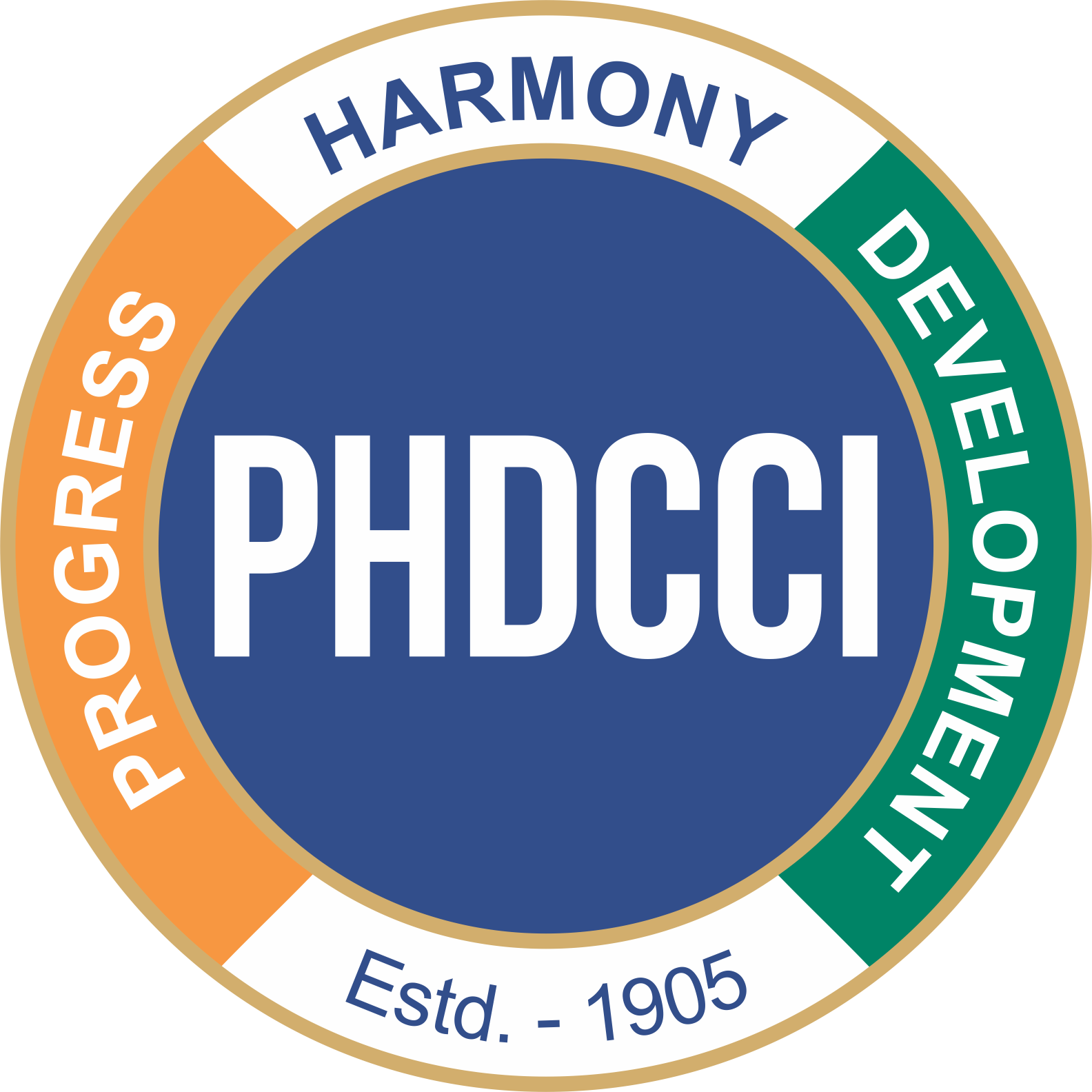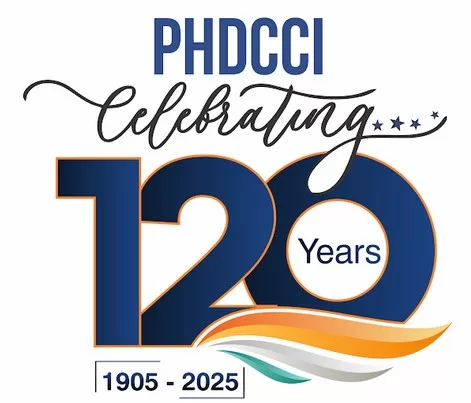No.PR-215 August 21, 2020 New Delhi GST significantly reduced the interstate transaction costs & incidence of indirect taxation, says PHD Chamber Survey While appreciating the GST as the game changing biggest indirect tax reform in India, Dr D K Aggarwal, President, PHD Chamber of Commerce and Industry, said in a press statement issued here today, that the GST has removed the cascading impact of multiple indirect taxes on businesses, benefitted traders and manufacturers through significant reduction in the inter-state transaction costs and has reduced significantly the incidence of multiple indirect taxation. PHD Chamber of Commerce and Industry conducted a quick survey of industry stakeholders during the month of July 2020 on the completion of 3 years of GST in India. Around 750 industry stakeholders provided their feedback on the survey. There has been substantial shifting of goods from high tax slabs to lower ones after the implementation of GST. The number of items under the highest tax slab of 28% has come down to only 2% in June 2020 from 17% at the time of implementation of GST, said Dr D K Aggarwal. Many items have been shifted to 18% or less than 18% tax slabs from 28% during the last three years, said Dr. D K Aggarwal. GST tax slab of 18% contains around 42% of goods under its ambit as of now as compared to around 33% at the time of implementation of GST, said Dr D K Aggarwal. The number of items under the 12% tax slab has increased to 20% in June 2020 from around 18% in July 2017, said Dr D K Aggarwal. GST tax slab of 5% accommodate around 23% of goods under its ambit as compared to 19% at the time of implementation of GST, said Dr D K Aggarwal. The number of items under the 3% and 0.25% tax slabs remained almost same at around 1% and 0.2% respectively since July 2017. The number of items attracting nil (0%) GST increased marginally to around 12% as on June 2020 from 11% at the time of GST implementation, said Dr D K Aggarwal. On a broader basis and in accordance with weighted average of the tax slabs and number of items in different GST slabs, the incidence of GST taxation has come down to 11.7% as on June 2020 from around 14% at the time of GST implementation (July 2017), said Dr D K Aggarwal. GST has been a major breakthrough in the interstate movement of goods and after the introduction of e-way bills, the hassles of earlier regime has almost been removed. This has enhanced the ease of doing business in the regime of indirect taxation, said Dr D K Aggarwal. The interesting insights from a Quick Survey conducted by the industry body on impact of GST on interstate transaction costs, revealed that there has been a substantial reduction in the interstate transaction cost, which has come down from more than 3% (GST+ other transaction costs) of value of goods moving in interstate zones to less than 1% after the implementation of GST. Positive impact of GST can also be seen in the form of reduced raw material costs, production costs along with reduced efforts for logistics and time. This has increased the price cost margins of producers through competitive pricing and economies of large scale, said Dr D K Aggarwal. At this juncture, it is suggested that the petroleum products should be brought under the ambit of GST to remove the cascading impact of taxes such as excise duty, central sales tax including value added tax. It is suggested to bring the Aviation Turbine Fuel (ATF) & Piped Natural Gas (PNG) under the GST to enable the companies avail the benefit of Input Tax Credit, said Dr D K Aggarwal. Amid COVID-19 scenario, it is suggested to reduce the GST rates by 20% across slabs for a period of six months to boost demand and revive the animal spirit of economy. It is emphasized that between the GST rates of 12% and 18%, the industry will prefer a tax rate of 12% to boost the demand in the economy, he added. Further, speeding the recovery process for VAT credit lying in the books of assesses is suggested. There should be facility for correction of errors on the GST portal. In order to address the issue of liquidity crunch faced by the industry, some mechanism whereby the industry may pay its GST including the arrears by December 2020 should be focused, said Dr D K Aggarwal. GST rates should be rationalised to increase consumption, reduce compliance, reduce evasion and help to make it a good and simple tax. It is suggested that the unutilized Input Tax Credit at the end of any tax period should be refunded, said Dr D K Aggarwal. There is a need to setup GST Tribunal as soon as possible so that the litigation process and disputes redressal process are carried out efficiently and there are faster clearances of pending cases, said Dr D K Aggarwal. The focus should be put upon protecting the VAT/CST Incentives under the GST regime. A clear policy should be framed to protect full benefits committed under old Tax Regime. Effective action needs to be taken with regard to numerous technical issues faced by the trade & industry members such as delinking the date of GST payment from filing of returns; among others, said Dr D K Aggarwal. Going ahead, government’s efforts towards further liberalization of the GST norms, ease in procedures, shift of goods into the lower tax slabs, among others are expected to result in promotion of ease of doing business, boost in the production of manufacturing, increase in price-cost margins of producers and creation of employment opportunities for the growing young population in the country, said Dr D K Aggarwal. Ends Media Division PHD Chamber of Commerce and Industry






